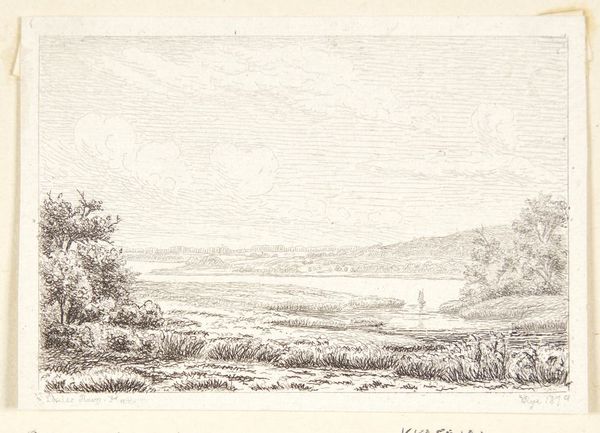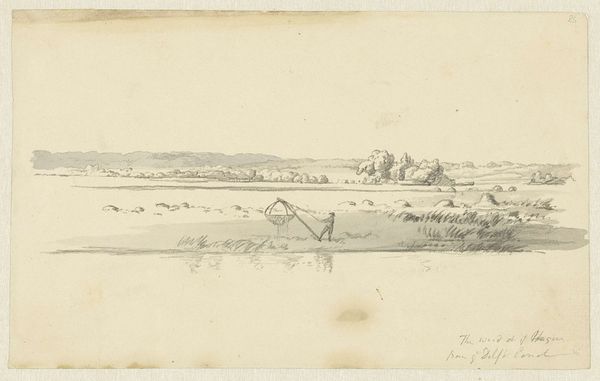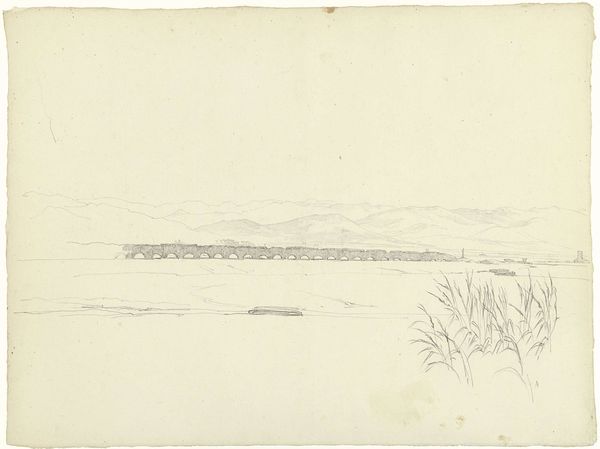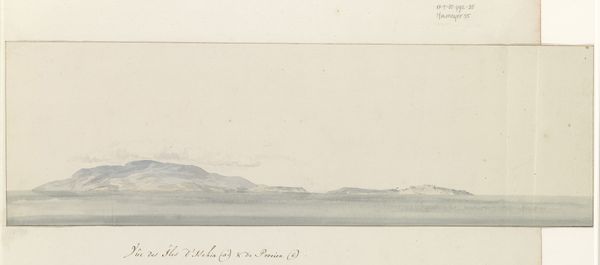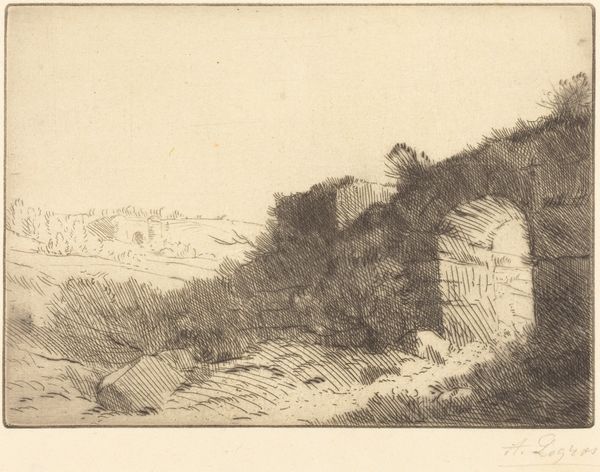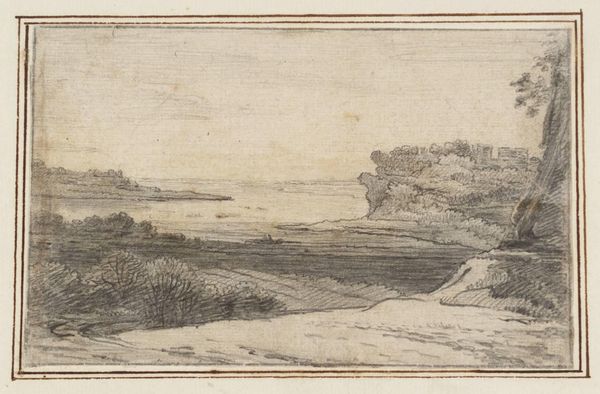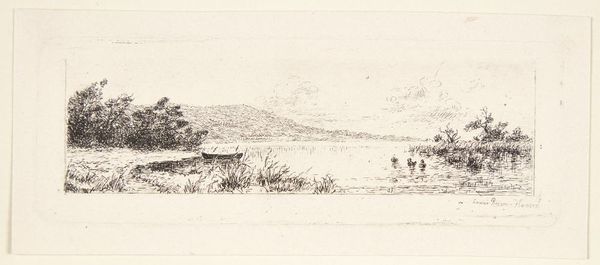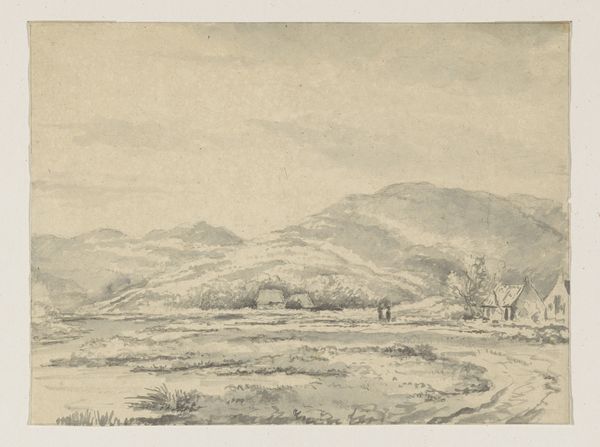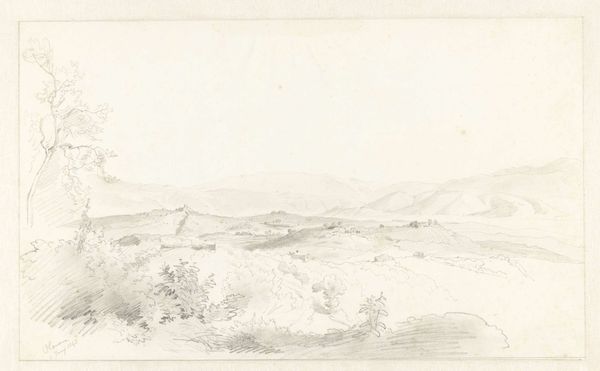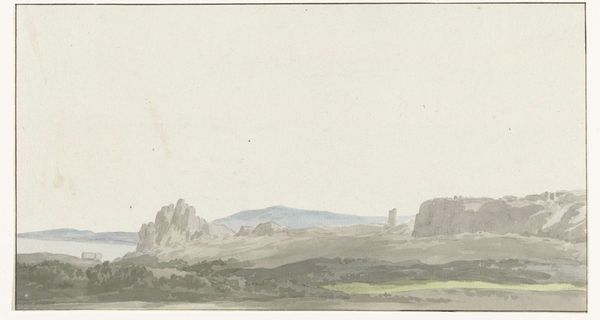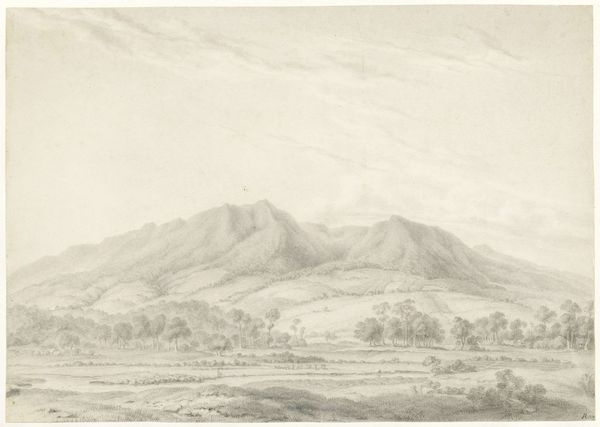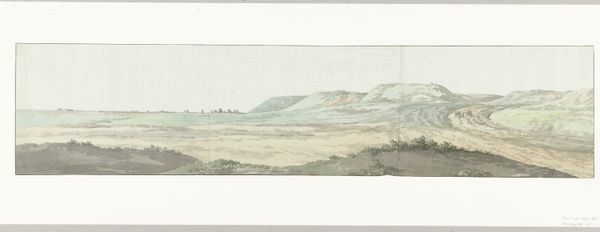
drawing, watercolor, pencil
#
drawing
#
neoclacissism
#
pencil sketch
#
landscape
#
etching
#
perspective
#
watercolor
#
pencil
#
cityscape
Dimensions: height 178 mm, width 264 mm
Copyright: Rijks Museum: Open Domain
Louis Ducros created this watercolor of the ruins in Brindisi sometime before 1810. The image encapsulates the 18th-century fascination with classical antiquity. But, in this case, antiquity is presented as fragmented and overgrown. Italy in the 1700s was a popular destination for artists, intellectuals, and aristocrats on the Grand Tour. They came to study the remains of the Roman Empire and the Italian Renaissance. For many, Italy represented a lost ideal of republicanism and artistic achievement. Ducros made a career selling picturesque views like this to wealthy tourists, which catered to a taste for romantic ruins. This watercolor, with its muted tones and attention to natural overgrowth, reflects a sensibility that would soon give rise to Romanticism. The image suggests that the great achievements of the past are destined to decay. In understanding this work, historians often consult travel journals, letters, and other visual depictions to reconstruct the cultural context in which it was made. The meaning of art, as we see, is always dependent on its social and institutional context.
Comments
No comments
Be the first to comment and join the conversation on the ultimate creative platform.

